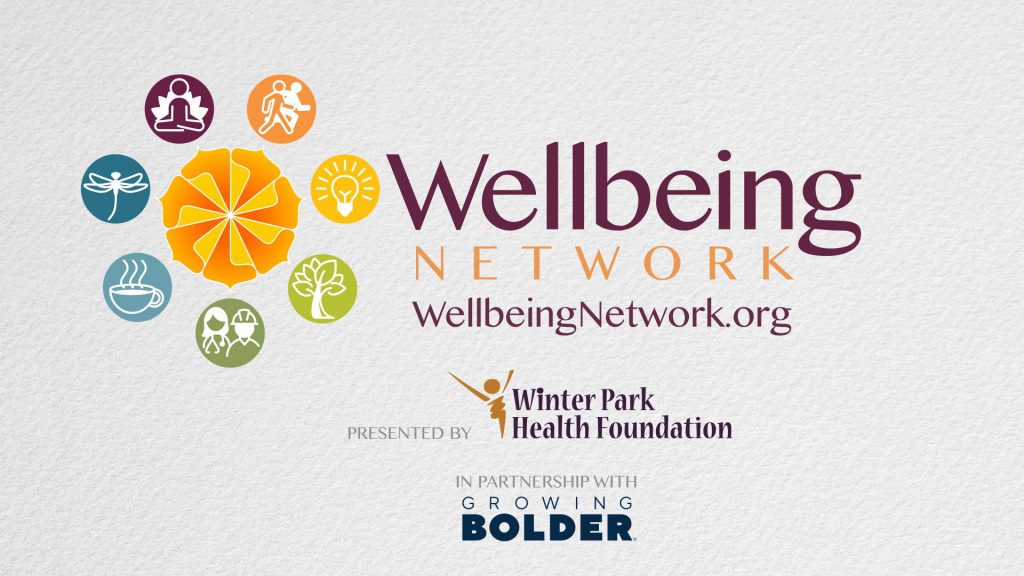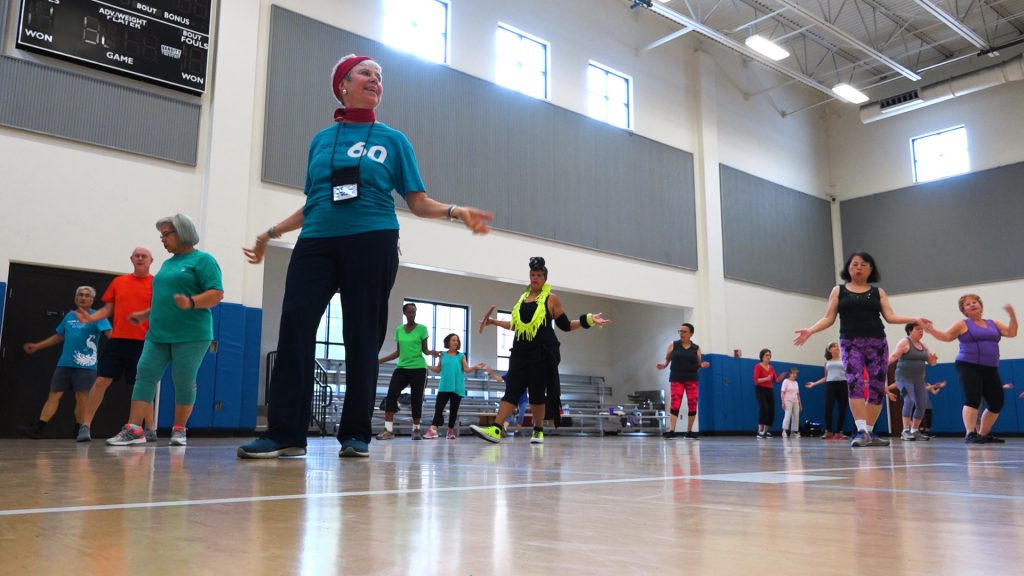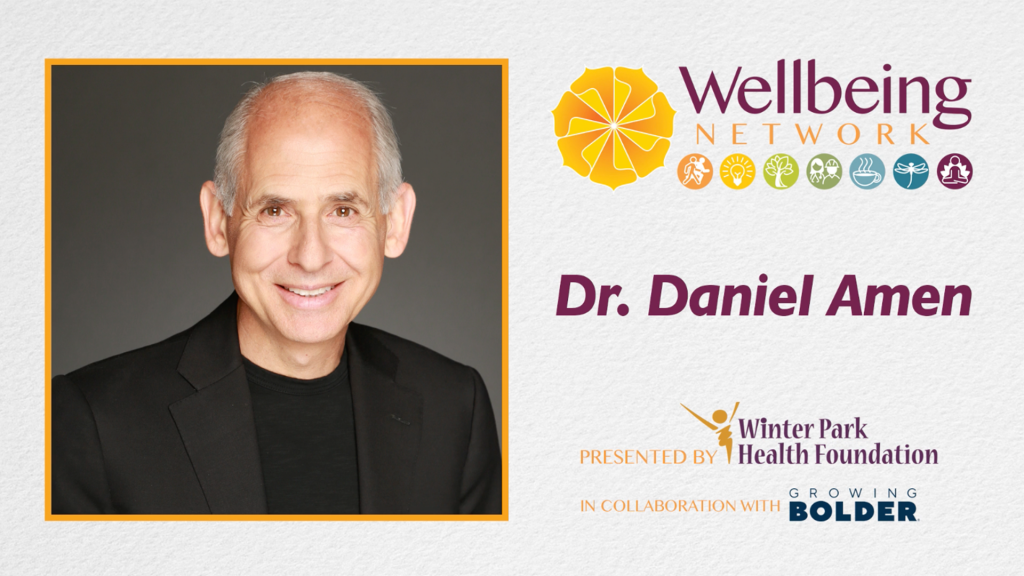When Puppets Talk, Children Listen: A Look at MicheLee Puppets’ Tools for Learning
Posted August 27, 2021 | By admin
Sarah Parsloe is a Rollins College Professor and Wellbeing Network Contributing Writer focused on Intellectual Wellbeing.
As an “old millennial,” my formative childhood years were spent learning with and from puppets: the colorful cast of Fraggle Rock, the loveable characters of The Muppets, Sesame Street’s Big Bird, and Mr. Roger’s King Friday. While some might believe that puppetry’s popularity has waned since Jim Henson’s heyday, the art form is alive and well.
In March of 2021, former First Lady Michelle Obama teamed up with puppeteers to launch “Waffles & Mochi,” a Netflix children’s series about healthy eating around the world. Here in Central Florida, one non-profit, MicheLee Puppets, has been empowering people through the art of puppetry since 1985. In today’s topsy-turvy world, however, MicheLee has had to reinvent itself. In July of 2021, I interviewed MicheLee’s founder, Tracey Conner, to learn more about how her organization has used puppetry to support children’s intellectual and emotional wellbeing throughout a global pandemic.
Why Puppets?
For many children, learning is intimidating. Students who struggle in school associate learning with boredom and frustration. When MicheLee’s puppet shows arrive in the classroom, however, students find themselves immersed in an interactive storyline. They forget that they are “supposed” to be learning and focus instead on engaging with whimsical characters.
Tracey Conner borrows a concept from Malcom Gladwell’s book, The Tipping Point, to explain that MicheLee’s puppet messengers benefit from a “stickiness factor” that makes their messages more memorable. “What we have observed is that children find puppets non-threatening,” she explains, “they don’t feel like they are being lectured to.”
The disarmingly “sticky” charm of puppets is useful for teaching kids about STEM concepts, especially because science and math can be especially daunting subjects for girls and for students of color. MicheLee’s program, ArtVenture, pairs STEM concepts with the arts to make them easier to digest. For instance, students might create their own beat boxing rhythms to understand how fractions work or learn anatomy while building a skeleton puppet.
While the arts can be used to teach specific skills and concepts, MicheLee recognizes that true Intellectual Wellbeing is holistic. “It’s not just about getting information,” Conner emphasizes. “It’s about taking positive action. Yes, we teach content, but what is most important about we do is that we teach kids to take action to make life better for themselves and others.” MicheLee’s shows often deal with challenging topics like domestic violence and bullying. Through puppets, children learn that they always have agency, even in situations that are scary or stressful.
Many of MicheLee’s puppet shows center protagonists who are different from their peers—they have scars; use wheelchairs; are African American in a white majority world; or speak Spanish among English-speaking peers. Audience members recognize themselves in these characters. Conner notes that children feel validated when they see their experiences represented on stage: “The kids say, ‘I have that [challenge], too!’ and they give advice to the puppet.”
For children (and adults!) an important part of intellectual wellbeing is finding the courage to be creative. Conner addresses this when teaching her puppet explorations courses, which encourage participants to develop their own characters and storylines. For children who spend much of their time interacting with screens, engaging in spontaneous creativity with peers can feel risky. Conner notes, “kids are so afraid of failing that they often are afraid to offer an idea. It takes time to draw that creativity out of them, building Intellectual Wellbeing by flexing those creative muscles.” When they screen their completed puppet shows for workshop participants, students gain confidence as they exchange praise with their peers: “I really love your character voice! Your puppet is beautiful.” Participants in MicheLee’s programming learn to celebrate “mistakes” as opportunities to laugh, to improvise, and to imagine differently.
Puppets in a Pandemic
As the pandemic disrupted the norms of everyday life, many of us became quite adept at improvising. For MicheLee Puppets, COVID-19 was both a threat and an opportunity to imagine puppetry differently. Barred from in-person performances, the staff began exploring new possibilities for filming and livestreaming their work. MicheLee became a lifeline for exhausted teachers and distraught parents who worried that virtual school would disrupt their children’s intellectual development. For instance, MicheLee partnered with Aspire Charter Academy to offer ArtVenture videos and lesson plans. MicheLee collaborated with Fairwinds Foundation to develop a 4-part video musical designed to teach kids about financial literacy.
In my classroom at Rollins College, anxious communication students relaxed for an hour as they gleefully crafted puppets while Zooming with Conner. Together, we learned about how puppets might be used as a therapeutic tool to facilitate difficult conversations with young children. In fact, one key role that puppets play in a pandemic is connecting people who feel deeply isolation. MicheLee’s live puppet chat program allows children to sign up for weekly 10-minute Zoom sessions with goofy characters. Imagine the simple pleasure of that—providing a child a few moments to play with a new friend.

Many of us are feeling a bit emotionally and mentally beat-up these days. The magic of puppets is that they encourage us to tap into the nostalgic fun of childhood, where anything goes and everyone plays. As Conner observed, “Sometimes we need to loosen up a little bit and not take ourselves too seriously.”

About the Author

Sarah Parsloe is an assistant professor in the department of Communication at Rollins College in Winter Park, Florida, where she teaches classes on interpersonal communication, health communication, and public relations. Her research examines the ways in which people make sense of identity threats that arise from experiences of disability and chronic illness, including uncertainty, stigma, and prejudice against people with disabilities (ableism). She is particularly interested in studying the communication processes of (self-)advocacy. Parsloe holds a Ph.D.D in Communication from Ohio University. She has also co-authored a book with Dr. Patricia Geist-Martin entitled Falling in Love with the Process: A Stroke Survivor’s Story.
Take Your Wellbeing a Step Further with These Related Resources from the Wellbeing Network
Learn: Embroidery 101 – Learning Embroidery Basics
Engage: What Mary Poppins Can Teach Us About Children’s Routines
Inspire: Creativity for Caregivers



